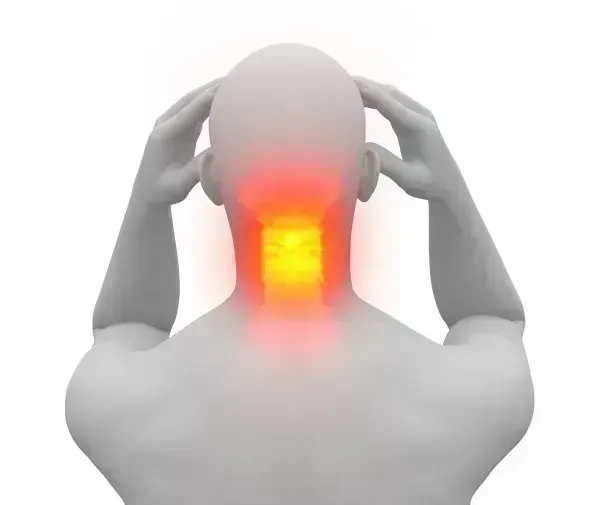Clip and Save:
Check Out This Tx List for Cervical Disc Disorder Px
Published on Fri Nov 09, 2018

Diagnostic testing, therapy, medication, among the top PM encounters.
If a patient has, or is suspected of having, a cervical disc disorder, a PM specialist could perform one of three services: diagnostic procedures, nonsurgical treatments, and surgical treatments.
Check out these breakdowns of the three service types you might encounter for patients with cervical disc disorders:
Diagnostic procedures: Your provider might suspect a surgical disc disorder, which could result in a diagnostic procedure. When the provider performs a diagnostic test to confirm or deny the disorder, it’s normally from one of these code sets, says Lynn M. Anderanin, CPC, CPMA,CPPM, CPC-I, COSC, senior director of coding education at Healthcare Information Services in Park Ridge, Illinois:
- X-ray: 72040 (Radiologic examination, spine, cervical; 2 or 3 views) through 72052 (…6 or more views).
- Magnetic resonance imaging (MRI): 72141 (Magnetic resonance (eg, proton) imaging, spinal canal and contents, cervical; without contrast material),72142 (… with contrast material(s)), or 72156 (Magnetic resonance (eg, proton) imaging, spinal canal and contents, without contrast material, followed by contrast material(s) and further sequences; cervical).
Nonsurgical Tx: Nonsurgical treatments for cervical disc disorders could be as simple as prescription medication, Anderanin says. There are also physical therapy (PT) services that your provider might provide in these instances. Codes representing nonsurgical treatments include:
- 97161 (Physical therapy evaluation: low complexity, requiring these components: A history with no personal factors and/or comorbidities that impact the plan of care; An examination of body system(s) using standardized tests and measures addressing 1-2 elements from any of the following: body structures and functions, activity limitations, and/or participation restrictions; A clinical presentation with stable and/or uncomplicated characteristics; and Clinical decision making of low complexity using standardized patient assessment instrument and/or measurable assessment of functional outcome …) through 97164 (Re-evaluation of physical therapy established plan of care, requiring these components: An examination including a review of history and use of standardized tests and measures is required; and Revised plan of care using a standardized patient assessment instrument and/or measurable assessment of functional outcome …);
- 97010 (Application of a modality to 1 or more areas; hot or cold packs) through 97150 (Therapeutic procedure(s), group (2 or more individuals)); and
- 97530 (Therapeutic activities, direct (one-on-one) patient contact (use of dynamic activities to improve functional performance), each 15 minutes).
Surgeries: The surgical treatment for these disorders are anterior or posterior procedures that could involve any of the following:
- Fusion,
- instrumentation,
- artificial disc insertion,
- grating, or
- disc excision.
Note: PM specialists will almost never perform surgeries related to cervical disc disorders, which is good because the code list is extensive, and quite likely to vary by payer. For more information on these codes, check out your CPT® manual — and look at your payer contracts to see which surgery types they reimburse for cervical disc disorders.





